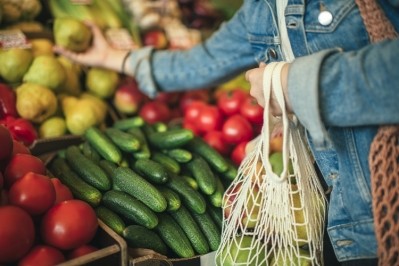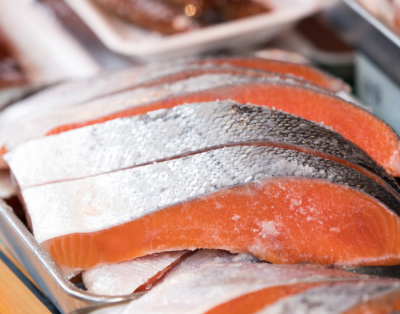Nearly all of France’s population contaminated with heavy metals, finds study

Metals are naturally present in the environment. However, consumption can lead to the development of chronic diseases, immune deficiency, or even cancer.
In an effort to monitor the presence of metals in the French population, and determine key drivers responsible for contamination, national public health agency Santé Publique France has carried out a study looking at metals such as cadmium, copper, nickel, and mercury. And the results are in.
Metal levels higher in France than Europe and US
The Esteban study investigated the presence of 27 metals in a representative sample of the general population in France.
In total, 1,104 children and 2,503 adults aged 6 to 74 years participated. Biological samples including urine, blood, and hair were analysed, and a questionnaire conducted on lifestyle, food consumption, and characteristics of participants.
Results revealed that upwards of 97% of France’s population has been exposed to these metals. In adults, levels were higher for arsenic, cadmium, and chromium than those in an earlier ENNS study conducted in 2006-07.
And significantly, levels measured for both children and adults were found to be higher than those found in a majority of foreign countries in Europe and North America, with the exception of nickel and copper.
The food link
The researchers were not surprised by the causes of such contaminations. Predominantly linked to food consumption, the determinants were found to be similar to those noted in literature.
The consumption of fish and seafood, for example, influenced the quantity of arsenic, chromium, cadmium, and mercury.
Consumption of conventionally grown cereals was linked to the presence of cadmium, whereas consumption of organically produced cereals was associated with the presence of copper. The latter was also found in participants that consumed organic vegetables.
In non-food, other causes were noted. Tobacco consumption was linked with increased cadmium and copper concentrations, having a medical implant was associated with the presence of chrome, and dental fillings associated with urinary mercury.
Exceeding health guideline levels
According to the study, health guideline values were exceeded for a number of metals – notably arsenic, mercury, lead, and cadmium. Just less than 50% of adult participants presented with a cadmium level greater than the value recommended by French food agency ANSES.
Santé Publique France is backing the continual monitoring of metal levels via biomonitoring studies. “Monitoring the impregnation of the population with chemical substances is a public health issue,” noted Geneviève Chêne, Director General of the public health agency.
“The repetition of biomonitoring studies is necessary to monitor changes in the exposure of the population over time and thus help estimate the impact of public policies aimed at reducing them.”
Santé Publique France has also initiated work with partners including ANSES, food chain monitoring platform SCA, and INRAE, to explore hypotheses concerning the rise in cadmium concentrations in the French population, which could be attributed to food – from farm to fork.
























